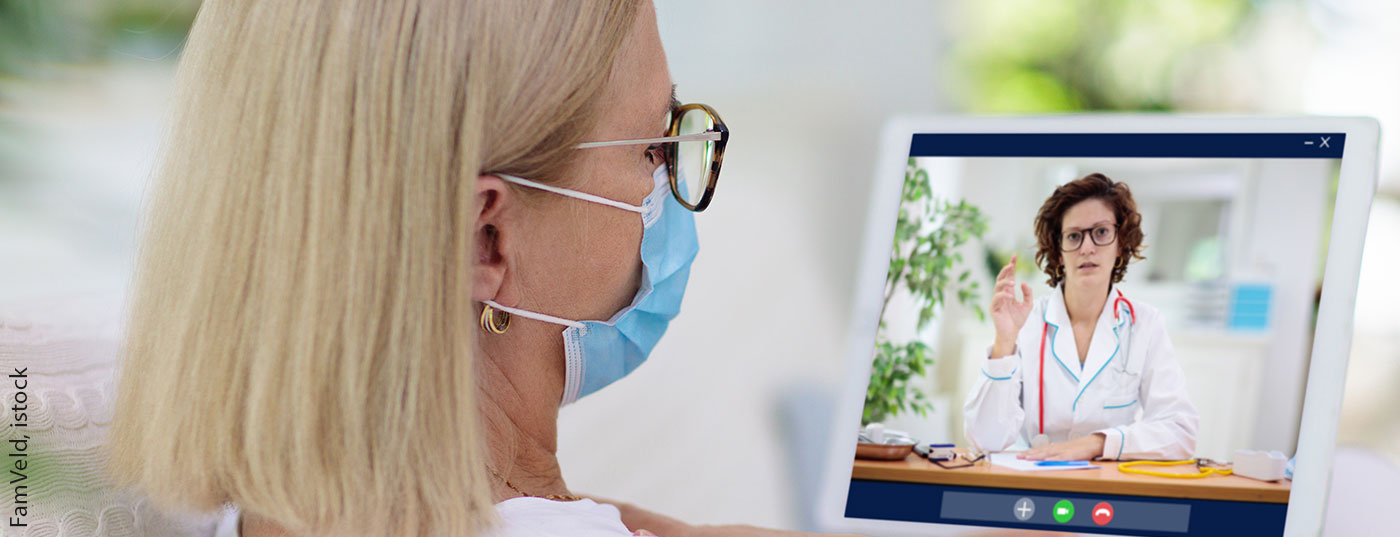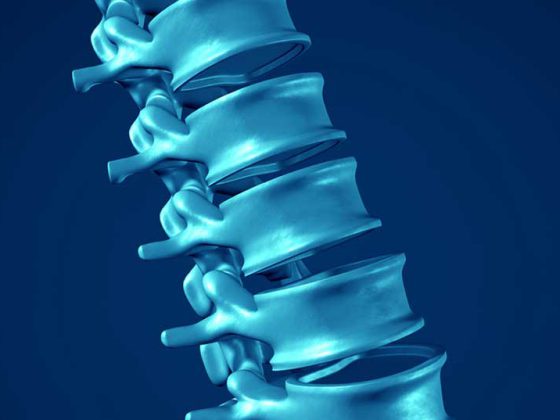In the current COVID-19 pandemic, a variety of measures have been taken to minimize the number of direct physician-patient contacts. However, this becomes difficult when using allergen immunotherapy (AIT), the regularity of which leads to many outpatient visits. The highest level of protection for both patients and healthcare workers is required here.
One approach here is offered by digital health solutions, in particular the use of telemedicine (TM), which has been proposed in the past as a useful tool to provide medical services at a distance when physical presence is not possible. However, there has often been a lack of acceptance, including on the part of physicians. Originally developed with the goal of expanding access to health services, particularly in rural areas, these technologies have now gained significant momentum in Corona times.
Many positive aspects
In a real-life study, patients with grass pollen-induced allergic rhinitis were offered telemedicine for the up-dosing phase [1]. Adults with grass pollen-induced allergic rhinitis (n=73) were administered an investigational drug in 6 allergology practices in the Rhine-Main area and the Allergy Center Wiesbaden. The study duration was approximately 8 weeks per patient, and there was a daily offer of telemedicine consultation by appointment. This involved recording patient assessment for both telemedicine aspects and aspects of SLIT treatment and providing an overall assessment.
The telemedicine offer was perceived as very positive by the patients, state the authors from the Center for Rhinology and Allergology in Wiesbaden, the ENT University Hospital in Mainz, and two ENT group practices in Taunusstein and Mainz-Kastel. The most frequently mentioned positive aspects included the advantage of social distancing, i.e. avoiding direct contact, the time saved due to eliminated travel and waiting times, and the convenience (Fig. 1). Patients’ expectations of TM were mostly met and most were interested in continuing the service.

Closer contact than in face-to-face consultations
Motivation to start SLIT at all was considered higher with TM offered by half of the patients. Interestingly, the authors noted, nearly 75% reported “closer contact with attending physicians” than in the face-to-face consultation. For the most part, subjects would make a positive recommendation for other patients. The probability of continuing SLIT with TM longer was positively quantified by 94%. However, not a single patient wished for the elimination of the allergology office hours and only telemedicine.
- German Allergy Congress 2020, Wiesbaden (D)
Source:
- Alali A, Kondic V, Thieme C, et al: Telemedicine is useful for up-dosing SLIT with a 5-grass tablet under COVID-19 pandemic conditions. German Allergy Congress 2020, P7.12
InFo PNEUMOLOGY & ALLERGOLOGY 2020; 2(4): 36.











